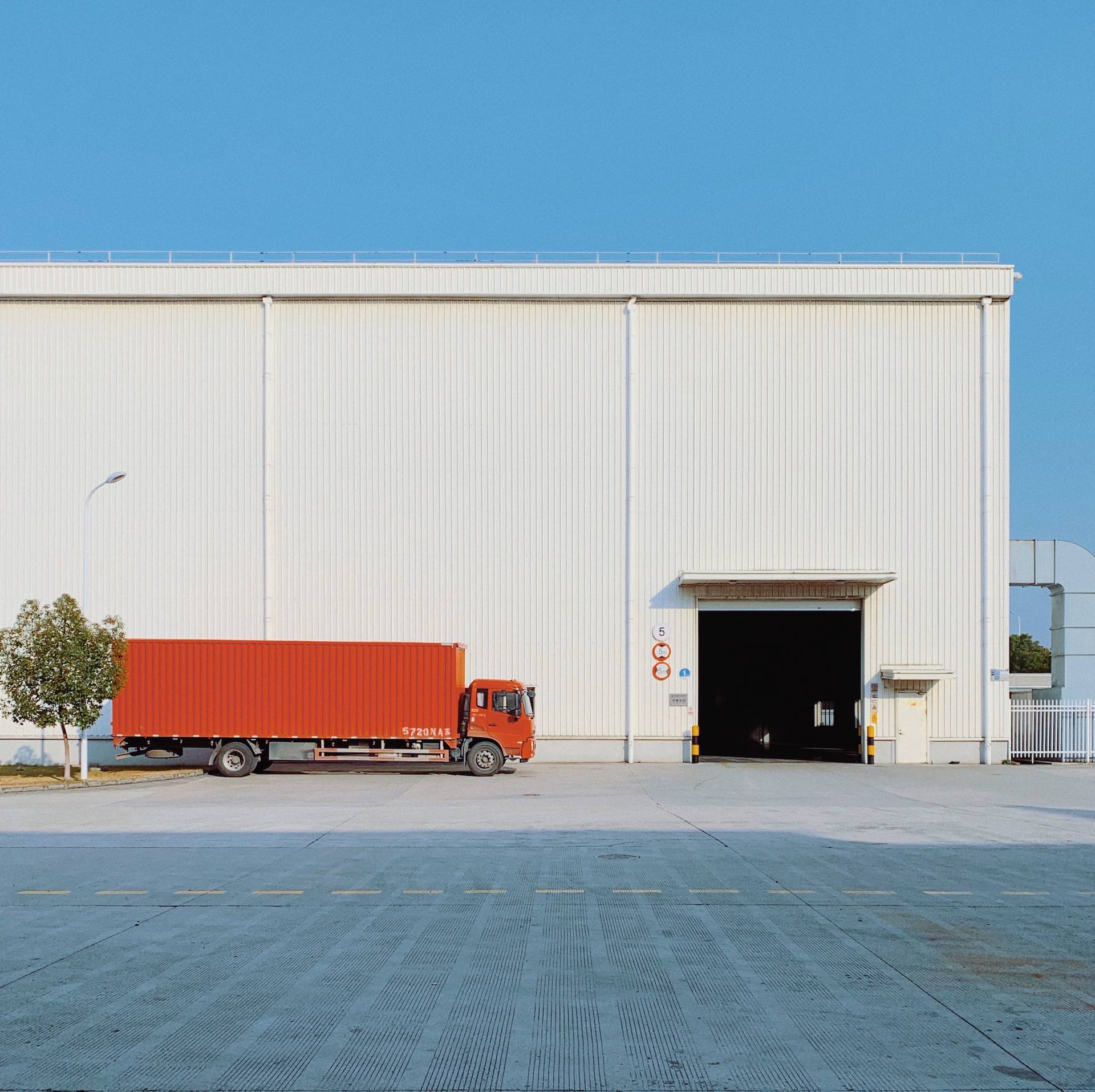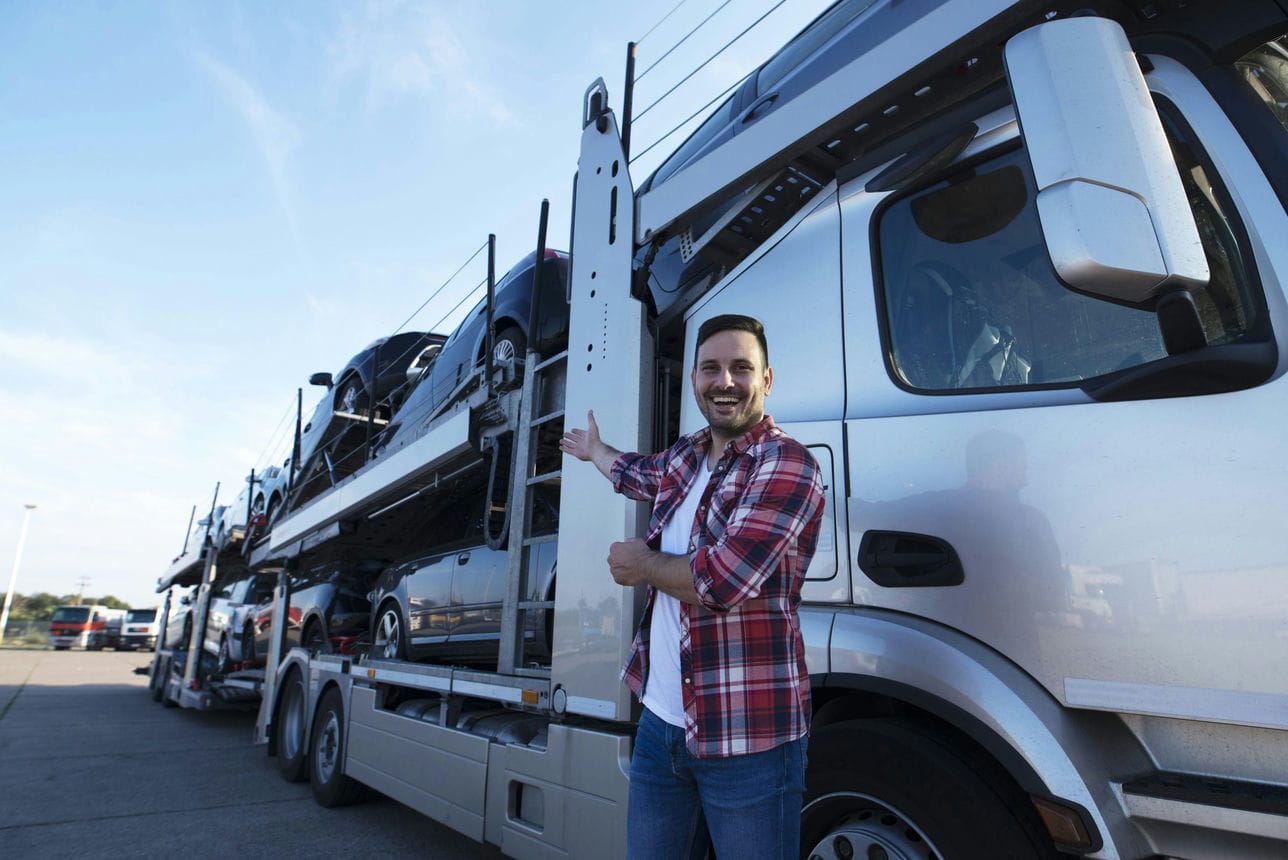
Modifying a car’s suspension or lowering its ride height has become a popular practice among car enthusiasts who want to inject some personality into their vehicles or enhance their driving experience. This process involves making alterations to the settings and components that control how the vehicle handles, rides, and sits on the road.
However, modifying your vehicle’s suspension or lowering its height can have implications when you want to ship it. Shipping a car with such alterations requires extra attention and expertise to ensure its safety during transportation. So, it is important you work with a reputable shipping company with experience in shipping modified vehicles to ensure that proper care is taken to load, secure, and transport the vehicle without damaging the modified components.

Transport carriers typically have ramps or lift gates to load and unload vehicles. However, the reduced ground clearance of a modified or lowered car might make it difficult to load and unload the vehicle without scarping or damaging the front bumper or side skirts. Additionally, vehicles with extremely low ride heights or aggressive suspension modifications may not fit certain types of transport carriers. So loading equipment might need to be adjusted to accommodate such vehicles.
During transit, vehicles are secured to the carrier using straps or chains. The modified components and lowered ride height may require adjustments to the attachment points and methods used to secure the vehicle to prevent damage to the altered parts. Hence, the shipping company must take steps to ensure proper tie-down.
Lowered ride height or modified suspension often reduces the distance between the undercarriage and the ground. And when a vehicle’s ground clearance is decreased, it can make it more susceptible to scraping or damage to its body, especially when loading and unloading onto the transport carrier or navigating uneven surfaces during transit.
Lowering the ride height or aftermarket suspension systems of a vehicle can make it more susceptible to damage caused by road debris, speed bumps, or potholes during transit. This is because of the reduced ground clearance, which increases the risk of hitting or scraping obstacles, leading to bumps, dents, or scratches to the modified parts.
Some types of trailers or transport carriers have limited vertical clearance between the trailer bed and the upper deck. If your vehicle has an extremely lowered ride height or aggressive suspension modifications, it may be challenging to fit it onto these types of trailers. You would need to communicate the specific measurements and alterations of your vehicle to the shipping company, so they can determine if there is a need for any accommodations or alternative solutions.

Before shipping your modified vehicle, it is helpful to research reputable shipping companies with experiences in transporting, such as altered suspensions and lowered ride heights. Check for reviews, track records, and ratings to ensure they have a good reputation. Also, check for the types of shipping services they offer, open or enclosed. However, enclosed car shipping is a safer choice for such modified vehicles as it offers better protection from external elements.
After selecting and contacting your preferred shipping company, you must schedule the transportation in advance and provide detailed information about the modifications to your vehicle. Hence, discuss the type of suspension modification, lowered ride height, and any aftermarket parts. This information allows them to assess trailer compatibility, plan for loading and unloading, and determine how to secure the vehicle properly, ultimately avoiding potential damage to the modified components.
Once a date has been set for shipping, you must prepare the vehicle by thoroughly inspecting your car and documenting any existing damages with video or pictures. You should also use skid plates or ramps to protect the vulnerable areas of your car after modifying the suspension and lowering the ride height. Additionally, it is crucial to secure any loose parts to avoid damage during transit. And empty your gas tank to about a quarter full only.
You should maintain constant communication with the shipping company concerning insurance coverage, special instructions about handling the vehicle, monitoring or tracking the vehicle during transit, and any other concerns you have regarding the shipping process.

Once you understand the potential impacts of modified suspension or a lowered ride height on car shipping, you can plan better and take the necessary precautions. However, having a reliable shipping company that understands the need of your modified vehicle is crucial. Luckily, at Ship A Car Inc, we are well-equipped to properly and safely ship your modified car without damage to the components. So give us a call at (866) 821-4555 to get a quote.
Is shipping a modified car expensive?
The shipping costs for a modified or lowered car are considerably more expensive, especially if you’re using enclosed transport.
How can I ensure that my modified car is safely transported during shipping?
You must provide accurate information about the modifications to the shipping company and communicate any special requirements.




